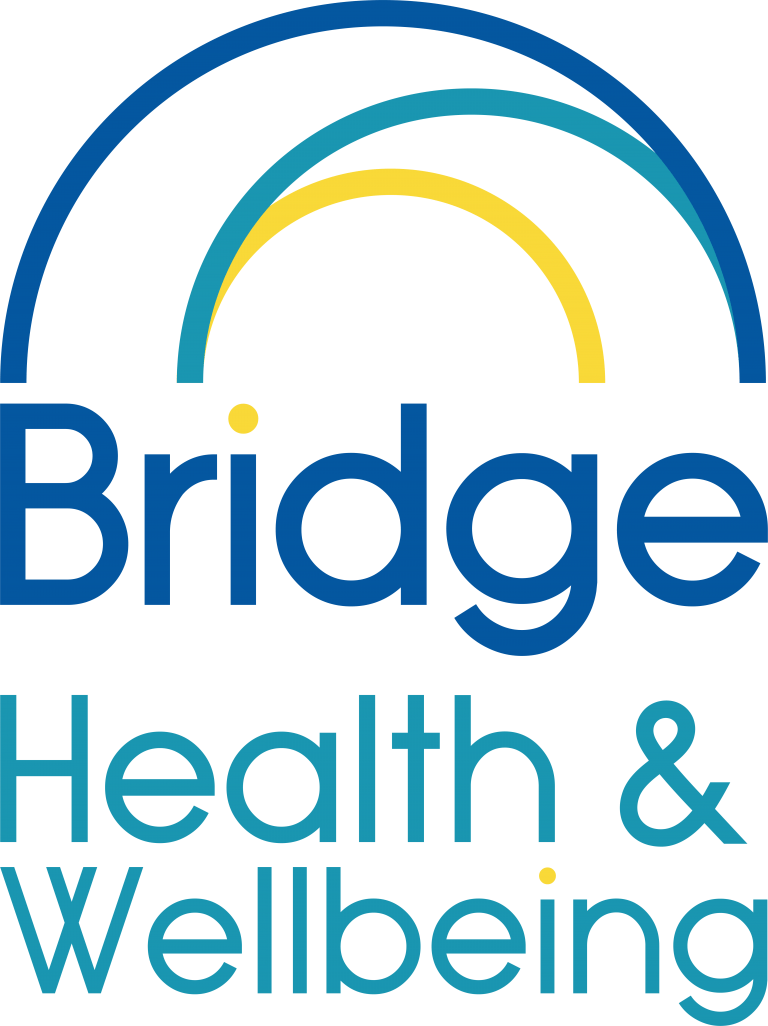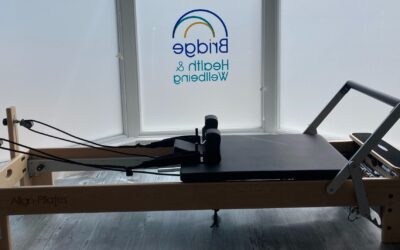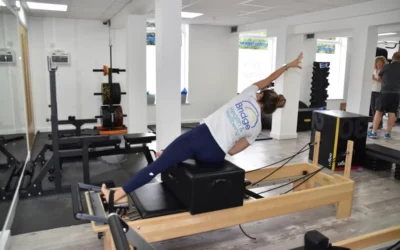The hip joint is what we call a ball and socket joint. This type of joint allows good amounts of movement but is also very stable. This is vitally important for the hip as it provides a connection from the pelvis to the lower limb.
Bony anatomy
The main two parts we are concerned with are the socket in the pelvis, which we call the acetabulum and the ball at the end of the thigh bone, which we call the femoral head. Normal alignment of this joint allows the leg to move into a number of different directions but is also very stable when weight is going through it. There is also a strong capsule around the joint, with 3 very strong ligaments that wrap around the joint in different directions, again allowing movement but also stability.

Hip cartilage
Over the end of the femoral head and within the socket we can find shiny white articular cartilage. As it is shiny and smooth it helps reduce friction within the joint and can also add a small amount of cushioning. Around the lip of the socket, we also have an additional piece of cartilage called the labrum which adds to increase to the surface area of the socket, helping provide even more stability.

Hip muscles
There is a long list of muscles associated with the hip (most people agree that there are 17 of importance). They work to move the hip in different directions:

This involves bringing your knee to your chest and the muscles are all located at the front of your hip and thigh.

This movement involves taking your leg behind you, with the muscles being located in your bottom and back of your leg.

Taking your leg across you, with the muscles being in the groin and down the inside of your leg.

Taking your leg out to the side, with the muscles being found on the outside of your hip and thigh.
Hip rotation – your hip can rotate in and out with the muscles being in the pelvis and outside of the hip
Common Hip Injuries
There is a long list of potential hip injuries but here are some of the more common ones:
- Hip osteoarthritis – as the shiny articular cartilage starts to wear, which is quite normal as part of us getting older, it can potentially get to a stage where it is worn through and exposes the bone. This can get very painful and affect mobility.
- Hip fractures – more common in women over 65 and usually involves a fall onto the hip/side.
- Hip impingement – this condition involves either the femoral head or the socket (sometimes both) not developing perfectly meaning the bones don’t articulate as they are supposed to.
- Labral tears – associated with hip impingement are labral tears where the rim of cartilage around the socket can get caught between the bones and potentially torn.
- Lateral hip pain – this involves the structures that cross or attach onto the bony prominence on the outside of the thigh, called the greater trochanter.
- Muscle injuries – it is possible to injure any of the muscles associated with the hip. Most commonly we see adductor/groin strains.
If you have hip pain or your hip is having an impact on your daily life and activity, please get in touch. To speak to our physiotherapist Paul or book your physiotherapy appointment at our health and wellness centre on Bridge Street in Christchurch, Dorset, please contact us on 01202 473800 or book online.

Paul O’Connell (MSC, BSC, HCPC, MCSP) is a physiotherapist with two decades of clinical expertise. He has worked right across the UK, from North Yorkshire and London to Hampshire and Dorset. Sports medicine is one of his areas of special interest: he has worked both on the touchline and in sports injuries clinics, and now lectures on the Sports Therapy programme at Bournemouth University. Having spent several years managing physiotherapy and health assessment teams in two key Nuffield Health hospitals, Paul also has an extensive understanding of orthopaedic surgery.



